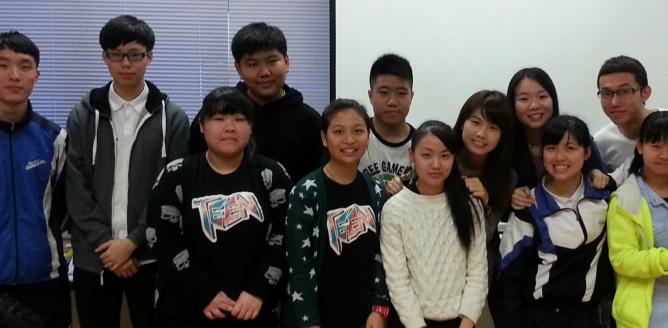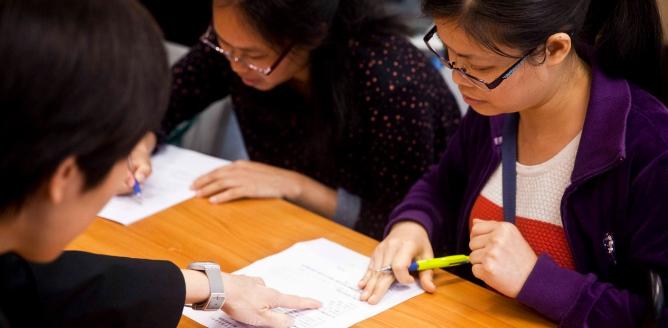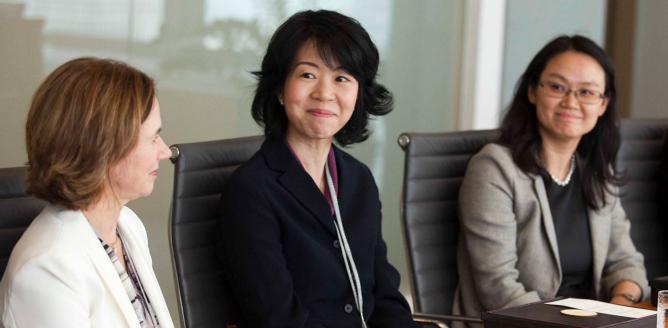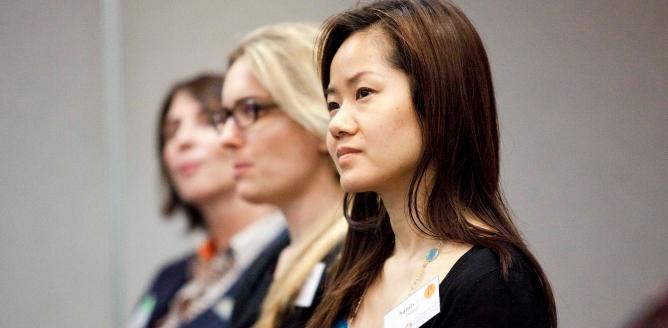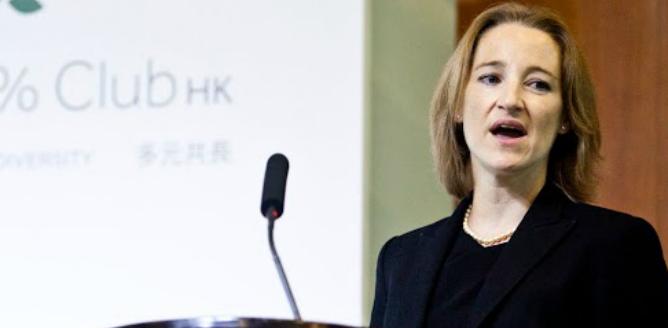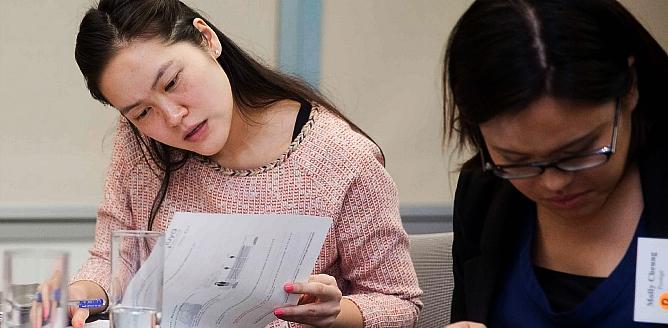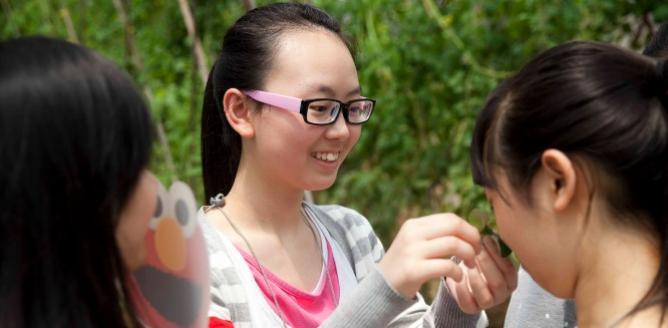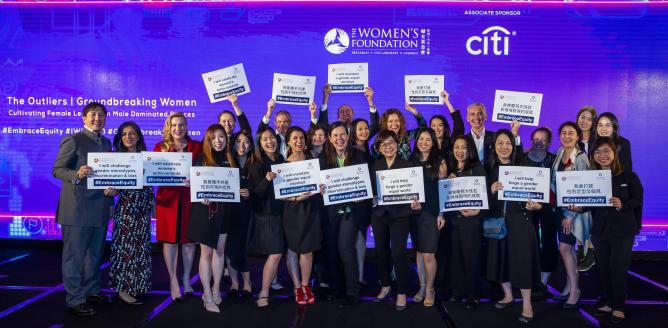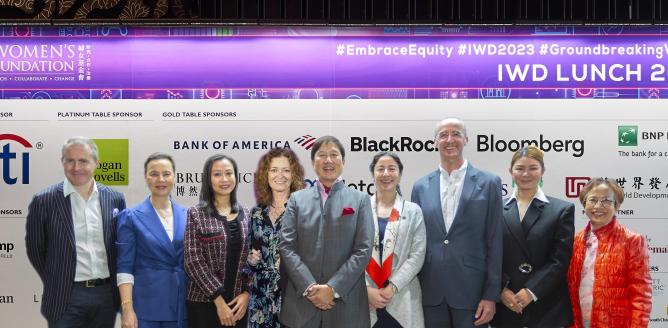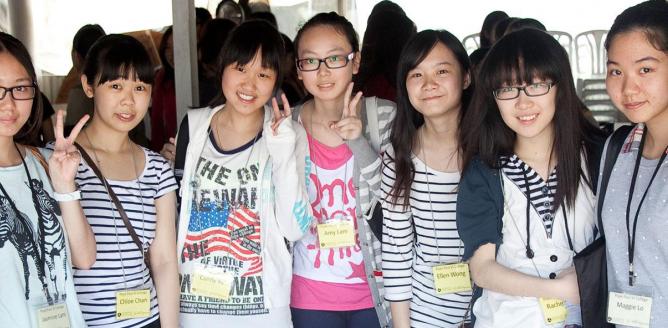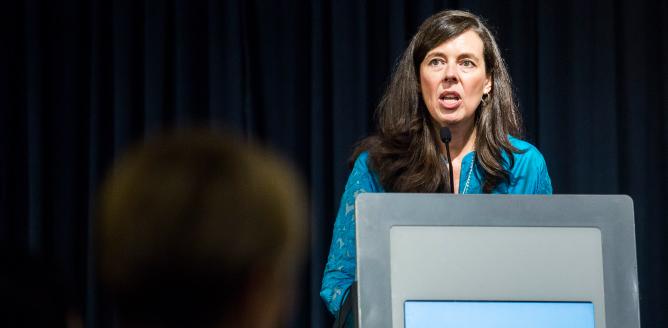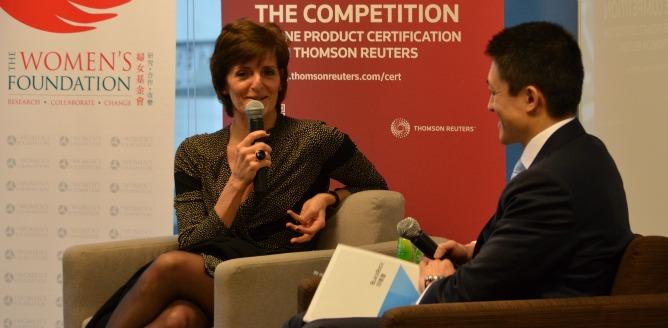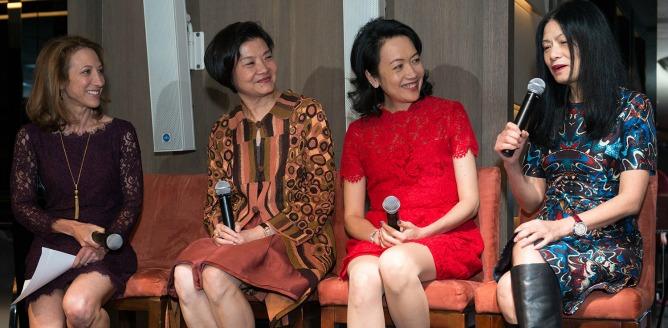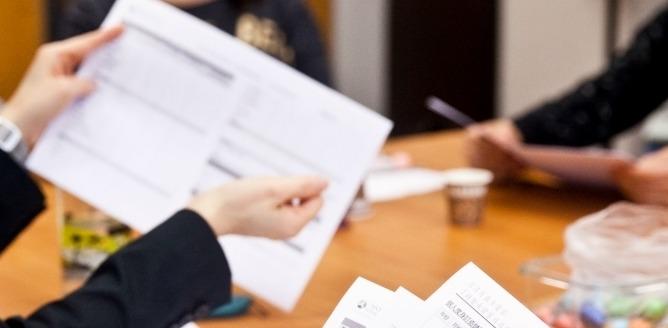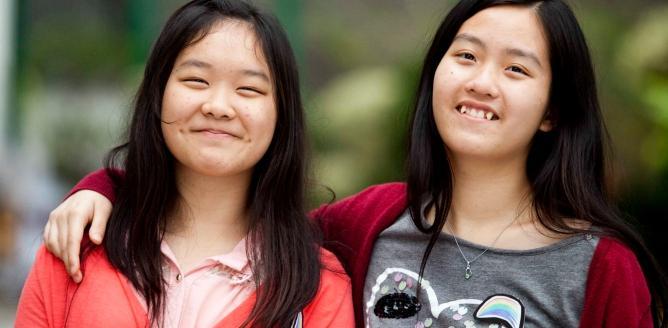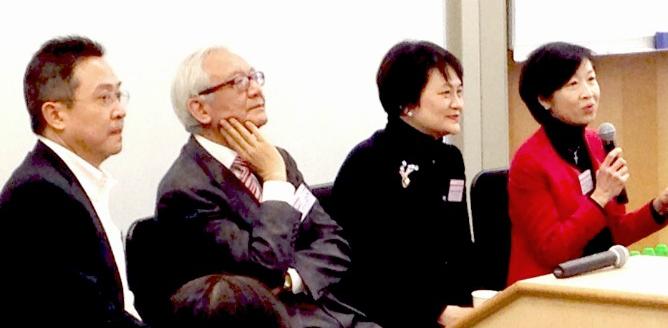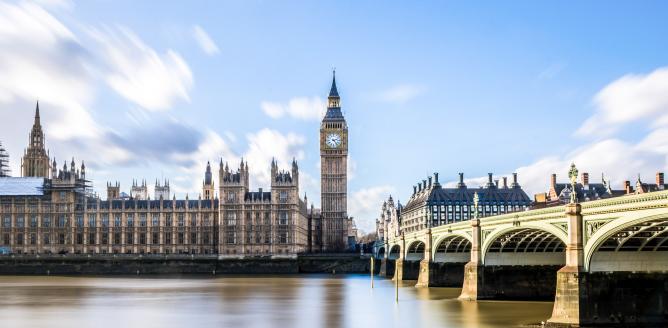Hello from the UK where nearly every day of the past two weeks has brought another dramatic twist in the contest for the leadership of the Conservative party and the Government, following the Brexit vote.
The latest breaking news is that Theresa May will take over as the next British prime minister on Wednesday after her only rival, Andrea Leadsom, pulled out of the race to become the next Tory party leader. Theresa May will follow in the footsteps of Margaret Thatcher who was Britain’s first female Prime Minister until 1990.
26 years after Mrs Thatcher departed from Downing Street, 2016 appears to be a golden era for women in British politics. Besides Theresa May as Tory party leader and PM, Labour might get a female leader for the first time in its history after Angela Eagle launched her bid earlier this week to unseat Jeremy Corbyn. Meanwhile, Nicola Sturgeon is Scottish First Minister and leader of the SNP and Arlene Foster is leader of the Unionist Party and First Minister in Northern Ireland. If UKIP elects Diane James or Suzanne Evans to replace Nigel Farage and the Greens opt for another female leader after Natalie Bennett who is stepping down, we could be in a situation where the majority of Britain's political leaders are women, for the first time ever.
But have things really changed for women in British politics - or is it all just a historical accident?
Many pundits have observed that the Tory leader all-women shortlist came about only after the power games of the alpha males in the contest, Boris Johnson and Michael Gove, caused their leadership chances to implode.
The Labour party has quota structures in place to help get more women into power. Tony Blair’s controversial adoption of all-women shortlists resulted in the biggest single influx of women MPs into Parliament in its history. Unlike Labour, the Conservatives do not have a quota system but there have been efforts going on behind the scenes for years to mentor talented women and get them into winnable seats through organisations like Conservative Women and Women2Win - which Theresa May founded.
It was also Theresa May who overhauled the candidate selection system to bring more women and minority ethnic MPs up the ladder which undoubtedly facilitated David Cameron - who has taken his share of stick for having a "problem" with putting women in top cabinet jobs – in overseeing a huge increase in female Tory MPs, from just 17 female Tory MPs ten years ago to the present number of 68.
It is easy to see the recent rise of women in British politics as a watershed moment - but overall, women are still under-represented in politics - men still outnumber women in Westminster by two to one - and the barriers preventing women from reaching the top are arguably just as high as they have ever been. The media focuses on their personal grooming and fashion sense in a way that would never happen to their male counterparts. Strong women are labelled as shrill and pushy. Ken Clarke came in for a lot of flack this week with his description of Theresa May as a “bloody difficult woman”. Even if this was said in grudging admiration rather than with derision, the label is telling and underscores the entrenched gender stereotyping and biases that women still face.
At The Women’s Foundation, we look forward to a point in time when women politicians are no longer remarkable for being women and susceptible to labeling of this nature. And we look forward to Mrs May inspiring women everywhere to set their aspirations on leadership.

